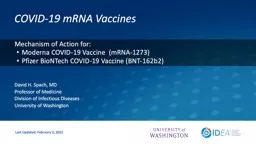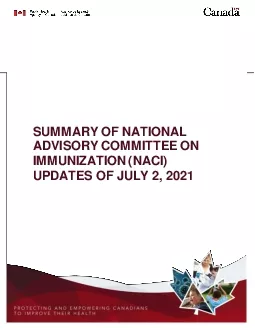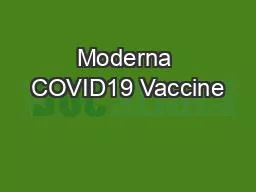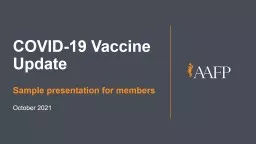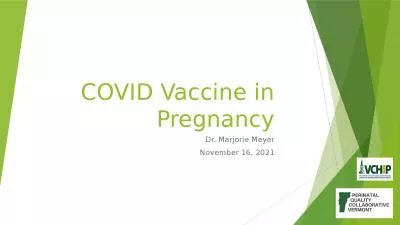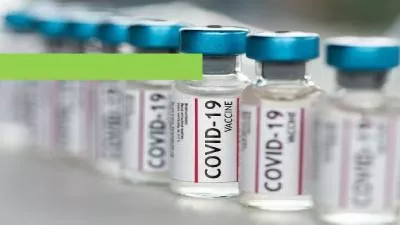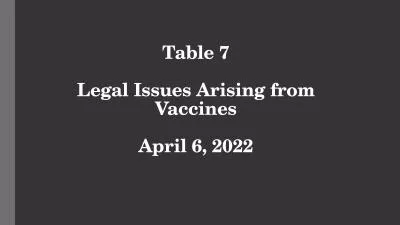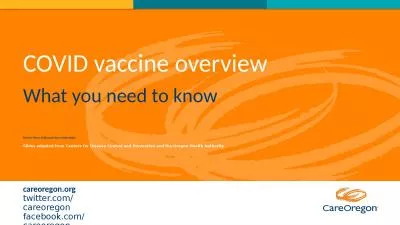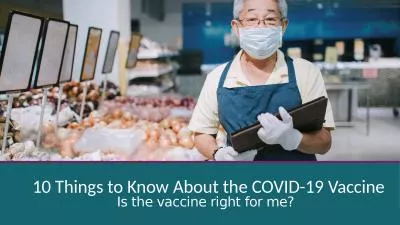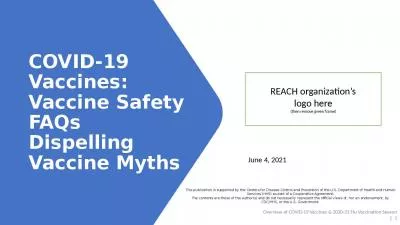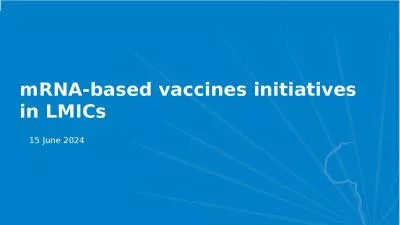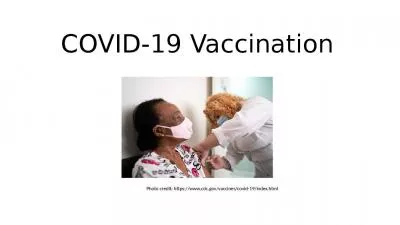PPT-COVID-19 mRNA Vaccines David H. Spach, MD
Author : luna | Published Date : 2021-12-09
Professor of Medicine Division of Infectious Diseases University of Washington Last Updated February 2 2021 Mechanism of Action for Moderna COVID19 Vaccine mRNA1273
Presentation Embed Code
Download Presentation
Download Presentation The PPT/PDF document "COVID-19 mRNA Vaccines David H. Spach, M..." is the property of its rightful owner. Permission is granted to download and print the materials on this website for personal, non-commercial use only, and to display it on your personal computer provided you do not modify the materials and that you retain all copyright notices contained in the materials. By downloading content from our website, you accept the terms of this agreement.
COVID-19 mRNA Vaccines David H. Spach, MD: Transcript
Download Rules Of Document
"COVID-19 mRNA Vaccines David H. Spach, MD"The content belongs to its owner. You may download and print it for personal use, without modification, and keep all copyright notices. By downloading, you agree to these terms.
Related Documents

